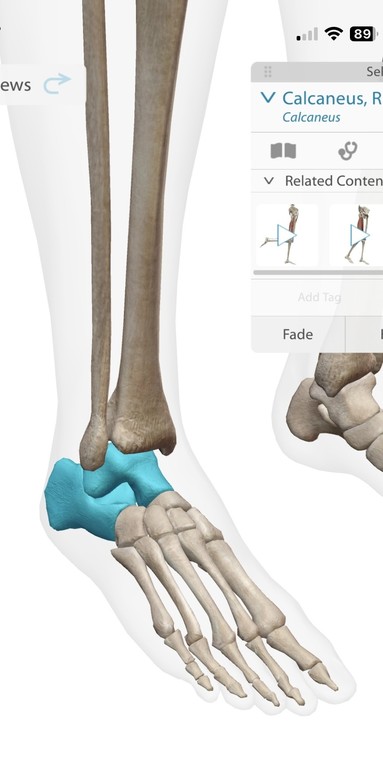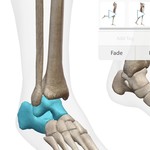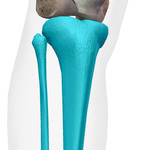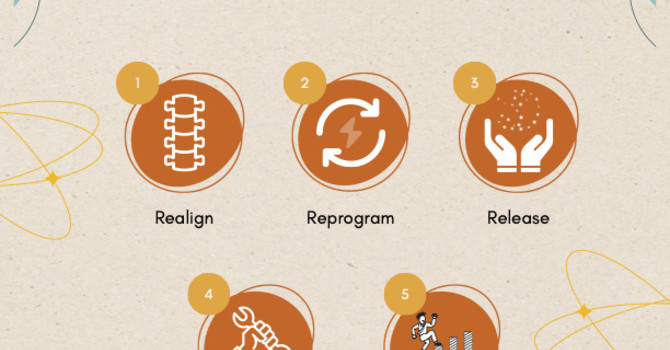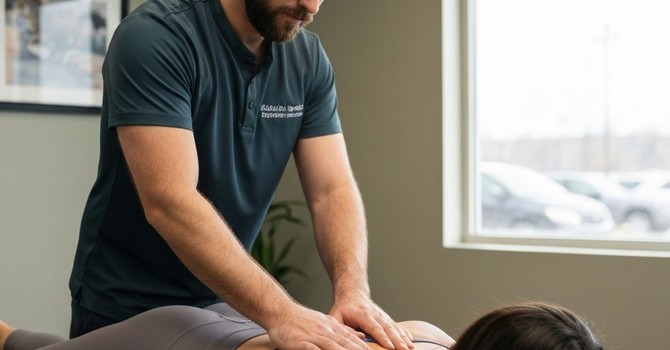I broke up this Blog into three parts:
Part 1 focuses on her left leg - finding and fixing the leg muscle imbalances, adjusting the leg, ankle and foot, and releasing tight muscle
Part 2 focuses specifically on her right leg
Part 3 focuses on her low back and hip alignment, as well as posture, arch supports and strengthening exercises
HISTORY:
The patient is a 30-something year old female who presents with chronic left knee pain. I treated her right knee pain at the gym about a month ago, and the discomfort then moved to the left. She’s had it most of her adult life, though she became more aware of it over the past three years, and it’s gotten even worse over the past 6 months. It prevents her from taking long walks or hikes, lifting weights or even standing for long periods of time. She states that when she was a child, she used to do Mexican folk dancing where she would stomp on concrete in “yap heels,” and this may be where the initial trauma started.
ANKLE: Additionally, she twisted her right ankle yesterday stepping off a deck into a hole in the dirt. She "kind of" felt a pop, though her ankle didn't swell and is currently just sore. The patient points to the front of her right ankle and both inner shins
FEET: She has sensitive inner shins due in part to her flat feet.Knee: the patient points to the back of her left knee (called the Popliteal Fossa)
PART 2
Right leg assessment:
Alignment: Chiropractic Adjustments of the extremities:
I found misalignments in the joints of the knee, ankle and foot
P-DTR Assessment & Treatment:Muscle findings:
I found inhibited (turned down) muscles of the Peroneus (lower leg) and Popliteus (behind the knee) and an over-firing muscle of the inner Hamstrings which is causing this imbalance.
Treatment:
Using P-DTR, I found a low vibratory receptor in the Peroneus that coupled with a deep pressure receptor in the Hamstring. Appropriate stimulation of these receptors followed by a deep tendon reflex reset the imbalance and the muscles reset to fire correctly.
I adjusted the bones of the knee, ankle and foot using three different methods:
- Manual manipulation (using my hands)
- Drop Table: Using a small platform that drops quickly beneath the joint while I am manually adjusting it. This added speed allows for a quicker adjustment with less force needed.
- Spring-loaded or electric adjusting instrument, which applies a very quick and low force to a specific bone.
Conclusion
Following this treatment, the patient later reported that she was back to walking and working out without any ankle pain. It is my clinical estimation that much of the dysfunctional patterns that I found during this session had been with the patient for possibly years. When I do an assessment and collect “data points” (ie under or over-firing muscles, misalignments, postural patterns), I can almost always guarantee that pattern isn’t going anywhere, unless we actively work to disrupt and correct it. If I were to write down my findings and follow up with her in 6 months, chances are that the same findings will be there. And likewise, if I make the above-mentioned corrections, in most cases the same findings will NOT be present on a follow up.



